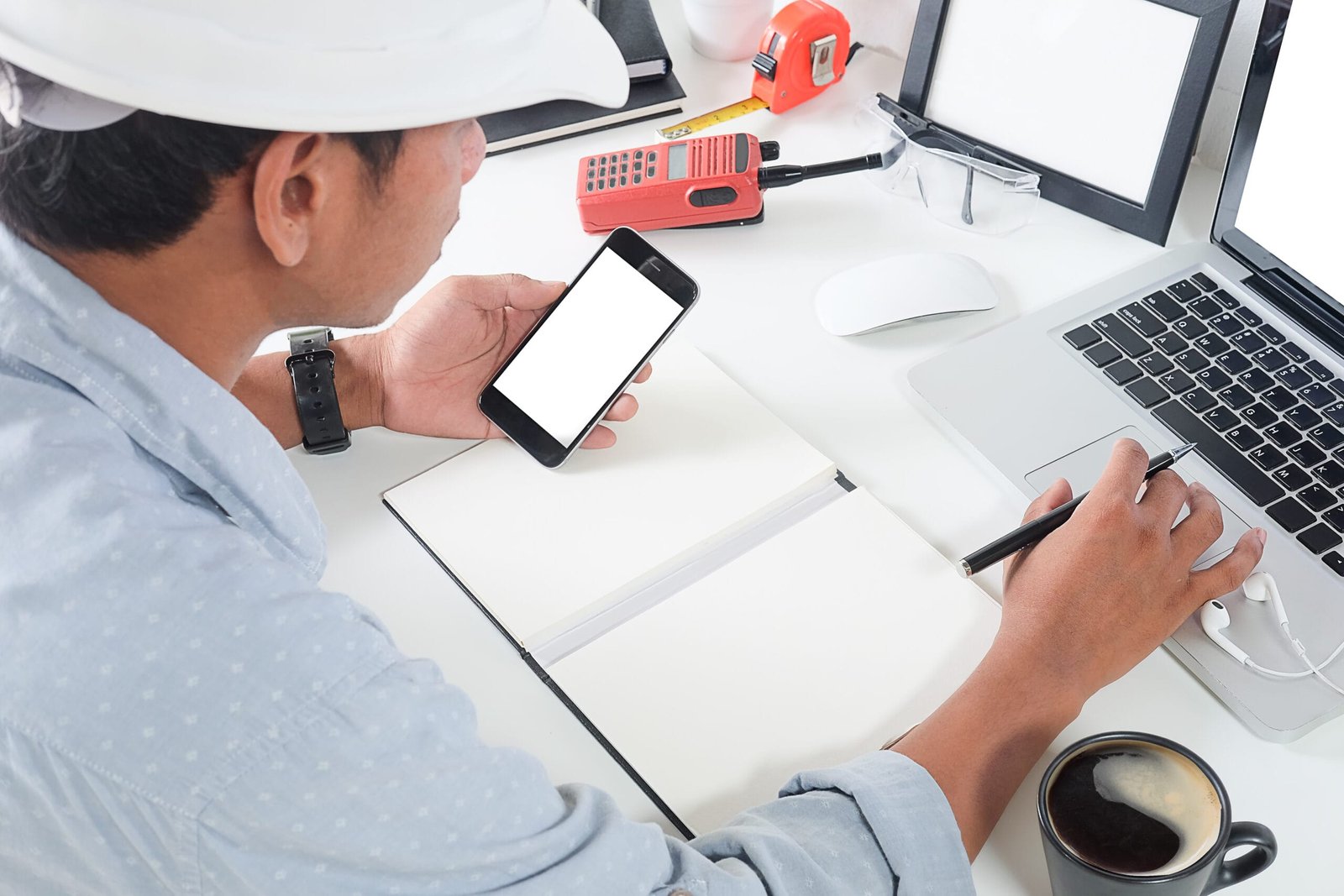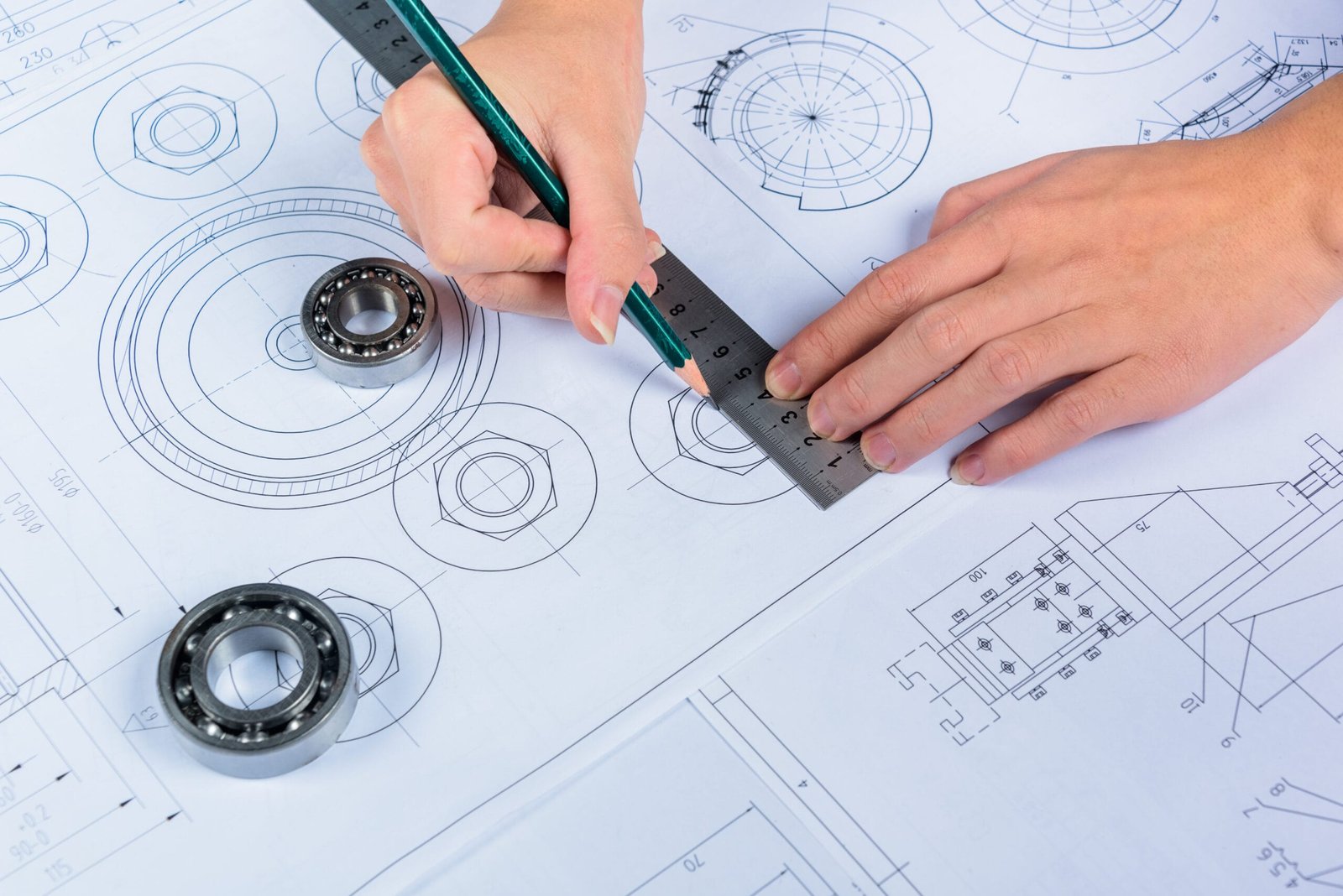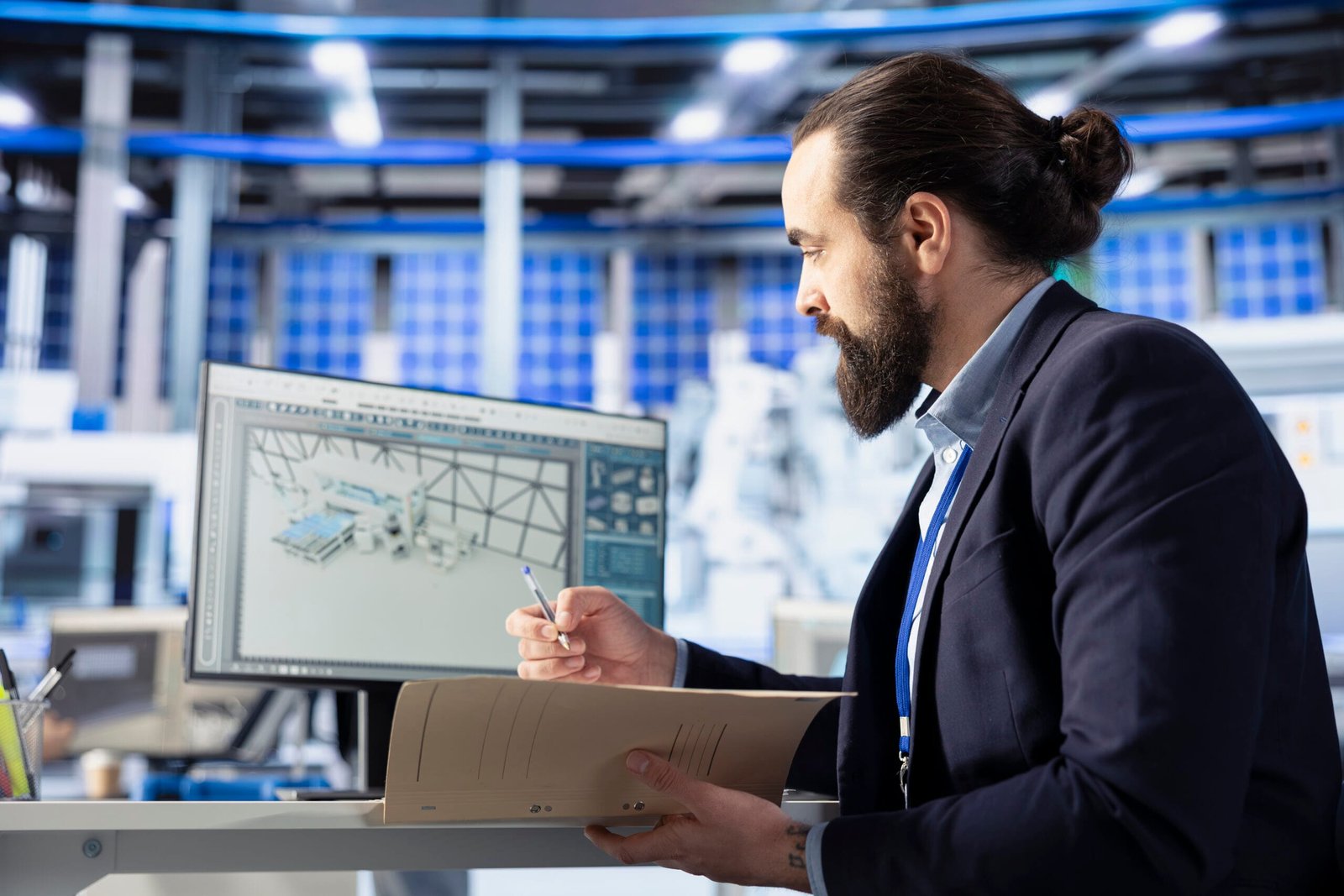Description:
Discover how 3D modeling for animation plays a vital role in design and storytelling. Learn how DesignHok’s expertise can help bring your animated projects to life through detailed 3D modeling.
Introduction
In the world of animation, 3D Modeling for Animation is the foundation that brings characters, environments, and entire worlds to life. Whether it’s for movies, games, advertising, or architectural visualization, 3D modeling transforms ideas into tangible visual experiences. At DesignHok, we believe in blending creativity with cutting-edge technology to craft high-quality 3D models tailored specifically for animation purposes. Our design professionals understand the technical and artistic requirements needed to support smooth and expressive animations.
What is 3D Modeling for Animation?
3D Modeling for Animation involves creating digital three-dimensional representations of objects, characters, and scenes that can be manipulated and animated within a software environment. These models are built using specialized software like Blender, Autodesk Maya, 3ds Max, or Cinema 4D, and they serve as the visual building blocks of animated content.
The process includes defining geometry (shapes), applying textures (surfaces), rigging (adding joints for movement), and optimizing models for motion and rendering. Without well-crafted 3D models, animators would struggle to produce realistic or engaging motion, regardless of their storytelling abilities.
Key Components of 3D Modeling for Animation
1. Character Modeling
Characters are the heart of most animations. Whether they are human-like, cartoonish, robotic, or fantasy creatures, the modeling process ensures they are visually appealing and functional. A good character model has the right polygon count, detailed facial expressions, and optimized joints to support believable animation.
2. Environment Modeling
Backgrounds and environments provide context and atmosphere for the animation. From fantasy landscapes to realistic cities, environment modeling involves creating every prop, building, or terrain element that appears in a scene. DesignHok’s team pays close attention to scale, proportion, and detailing to ensure immersive visual storytelling.
3. Hard Surface Modeling
This includes the modeling of non-organic objects like vehicles, machinery, weapons, and furniture. Hard surface models must look functional and polished. For animation, they need to be lightweight enough to animate efficiently while retaining visual complexity.
4. Rigging and Skinning
Rigging is the process of creating a skeleton for the 3D model so it can move. Skinning binds the 3D mesh to the skeleton so that when the bones move, the mesh moves with them. This is essential for character animations. DesignHok ensures all models are rig-ready with proper topology and joint alignment.
Why 3D Modeling for Animation is Essential Projects
- Brings Ideas to Life
With 3D Modeling for Animation, you can visualize your ideas in a tangible way. Characters can express emotions, environments can set tones, and props can interact with elements. It bridges the gap between imagination and digital reality. - Supports Smooth Animation
Poorly modeled assets can cause issues like stretching, breaking, or unnatural movement during animation. High-quality models with proper geometry and rigging provide a clean slate for animators to work with, ensuring smooth and realistic motion. - Speeds Up Production Time
Efficient modeling reduces time spent fixing geometry errors or redoing animation passes. At DesignHok, our pipeline is optimized to support fast production without compromising on quality. - Enhances Visual Appeal
Well-designed 3D models make animations more engaging. The textures, lighting, and form all contribute to the final look. Aesthetics matter in everything from short ads to full-length animated films.
Industries That Use 3D Modeling for Animation
- Film and Television: For animated movies, VFX, and CGI integration.
- Gaming: Creating playable characters, objects, and immersive worlds.
- Advertising: For animated product demos or commercial storytelling.
- Architecture: Visualizing buildings or walkthroughs with animated elements.
- Education and Medical: Simulating scenarios for training and learning.
- Augmented & Virtual Reality: Building interactive environments.
DesignHok’s 3D Modeling Expertise
DesignHok specializes in providing professional 3D Modeling for Animation services that cater specifically to the needs of animators and animation studios. Here’s what sets us apart:
- Tailored Models for Rigging: We create animation-ready models with clean geometry and correct topology.
- Realism & Detail: Our team adds intricate detailing, textures, and materials to enhance realism.
- Compatibility with Software Pipelines: We deliver models in formats compatible with leading animation tools.
- Efficient Turnaround: We balance speed and precision, ensuring timely delivery without sacrificing quality.
- Collaborative Approach: We work closely with clients, animators, and project leads to meet specific animation needs.
Steps in Our 3D Modeling for Animation Process
- Concept Review
We begin by understanding the character or scene requirements based on sketches, reference images, or storyboards. - Base Mesh Creation
Using industry-standard software, we build the basic shape or structure of the model. - High-Poly Detailing
We refine the geometry, add surface details like wrinkles, textures, or patterns for realism. - Retopology and Optimization
To make the model animation-ready, we simplify and clean up the mesh, ensuring low-polygon count without losing detail. - UV Mapping and Texturing
We apply UV maps and textures to give the model its final look – whether it’s metal, skin, fabric, or any surface. - Rigging Preparation
We ensure that models are rig-friendly and, if requested, can add full rigging for animation use. - Final Review and Export
Before delivery, we test the model in animation software to ensure compatibility and performance.
The Future of 3D Modeling in Animation
With advancements in AI, real-time rendering, and virtual production tools, the demand for high-quality 3D modeling is only increasing. Whether it’s creating digital humans for film or interactive characters for AR/VR, the need for efficient, detailed, and lifelike 3D models is at an all-time high.
DesignHok is continually adapting to these trends, investing in the latest tools and training our team to meet modern animation challenges. Whether you’re creating a short film, game, or VR experience, our 3D Modeling for Animation will help you turn concepts into dynamic, moving stories.
Conclusion
3D Modeling for Animation is the backbone of any animation project. It brings characters to life, gives environments their shape, and transforms stories into immersive visuals. At DesignHok, we combine technical precision with creative vision to offer top-tier 3D Modeling for Animation. Whether you’re an independent animator, game developer, or production studio, our services can give your project the foundation it needs to succeed. Let us help you shape your imagination into reality—one polygon at a time.
Frequently Asked Questions (FAQs)
Q1: What software does DesignHok use for 3D modeling for animation?
We use industry-standard software such as Blender, Autodesk Maya, 3ds Max, and Cinema 4D, depending on the project’s requirements.
Q2: Do you offer rigged models for animation?
Yes, we provide rigging services or prepare models to be rigged easily by animators. This includes character joints, facial rigs, and more.
Q3: Can I request changes after the model is delivered?
Absolutely. We value feedback and offer revisions based on the scope of the project to ensure your satisfaction.
Q4: Are your models optimized for real-time engines like Unity or Unreal Engine?
Yes, we can optimize 3D models specifically for game engines, ensuring smooth performance and compatibility.
Q5: What industries can benefit from your 3D modeling for animation?
We cater to film, games, architecture, advertising, education, medical, and AR/VR sectors.





